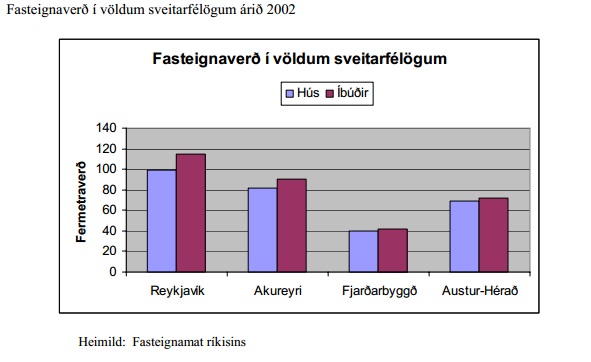Progress
Figure 1. Housing prices in different regions of Iceland from 2001-2018 calculated with consumer price index of the year 2019.,
Figure 2. Number of sales in different regions of Iceland compared to the number of sales in 2001.
Figure 3. Average housing price as a percentage of average wage income per year.
Raw data in excel (Housing price)
Raw data in excel (housing price/wage income)
Updated: April 14th, 2019
Source:
Metrics, Targets and Monitoring Protocol
What is measured?
Average house price in East Iceland and Nationally compared to changes in average income. (Project effect: indirect).
Monitoring Protocol
Information pulled from data on the website of the Registers Iceland office every year.
Target
Not applicable
Possible countermeasures
Not applicable, monitoring only.
Changes of indicator
This indicator was originally number 6.2. It was then named Cost of living and can be found under that number in documents of the project from 2005 and 2006.
The indicator number has been changed twice.
| Year | Nr. | Indicator name |
|---|---|---|
| 2020 | 3.1.2 | Housing price |
| 2007 | 1.15 | Housing price |
Baseline

Rationale for Indicator Selection
While the Karahnjukar and Fjardaal projects have not only created employment opportunities in the region and raised incomes, the demand for property, goods, and services has also grown, and this development may raise prices. Housing is a major cost factor for most households and is a good indicator of overall cost of living in a region. Migration from the region has resulted in a serious stagnation in the real estate market. An initial increase in property prices might therefore be considered positive, but in the long term it is preferable that housing prices will not increase more rapidly than average income in the region.
From phase I/II report on indicators and baseline from April 2005
